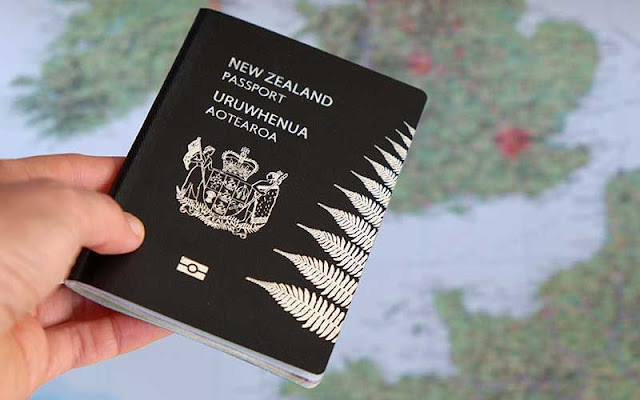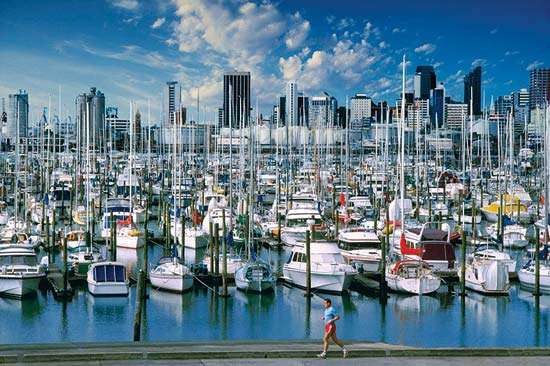Asia-Pacific Connection

The eastern islands of the Pacific became an important source of unemployed workers in the rural areas of New Zealand and the "dirty" industries dating back to the 1950s and 1960s. Growing numbers of needy islanders in New Zealand lived in this country, and during the 2001 census, there were 230,000 people who respected the Pacific people living in New Zealand. Pacific people (as counted) count six percent of New Zealand's population and in 2001, about 60 percent were born in New Zealand. In the early 1980's, low levels of migration in New Zealand led to a significant overview of migration and law enforcement, which was completed in 1986 and was made in 1987. Prior to this review, the first introduction is a migration policy that has not been clearly discriminated against on the basis of a country from the source, New Zealand has a choice of "traditional source land" as the keystone of its migration policies. In 1986, New Zealand's migration policy w



